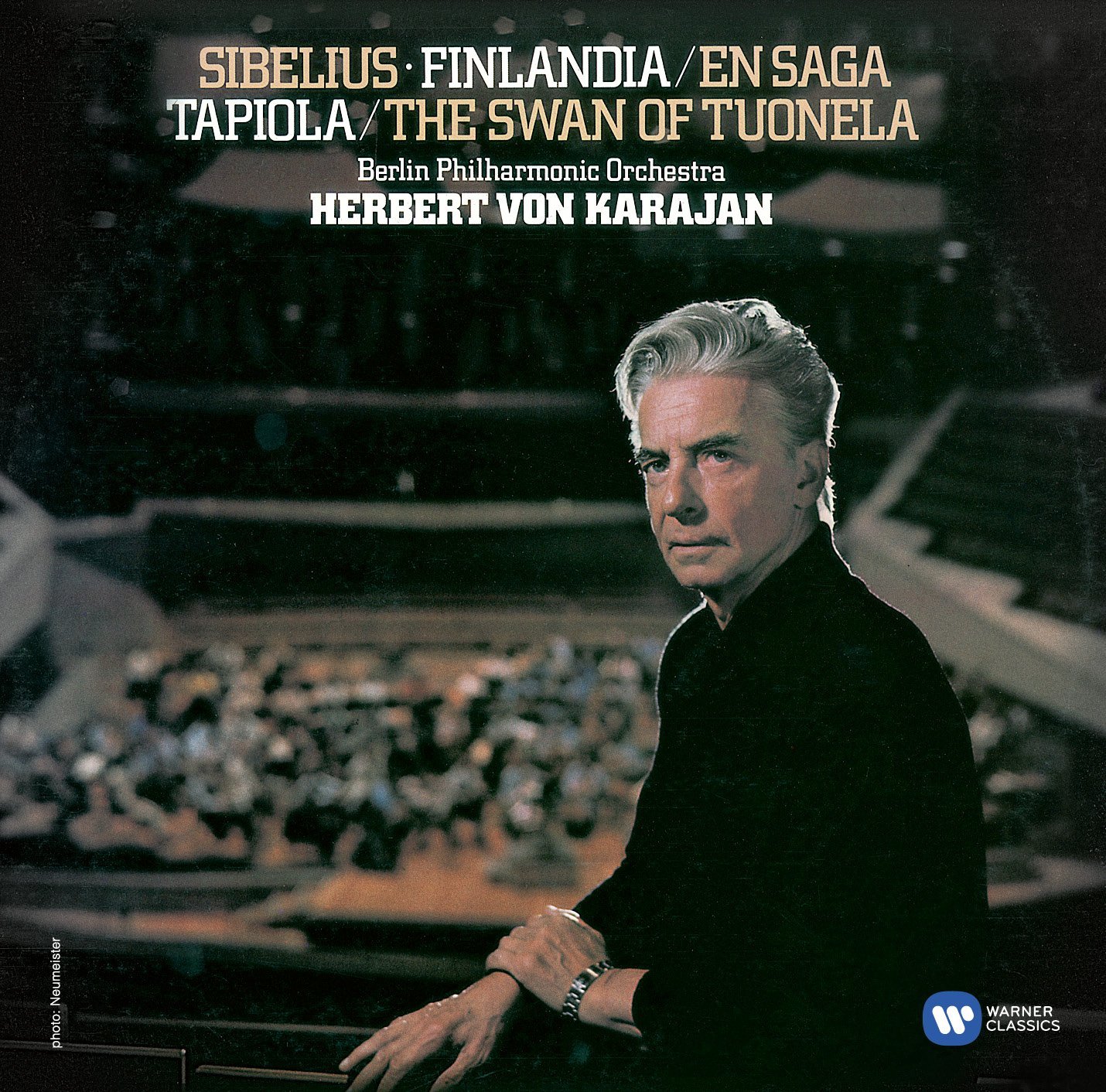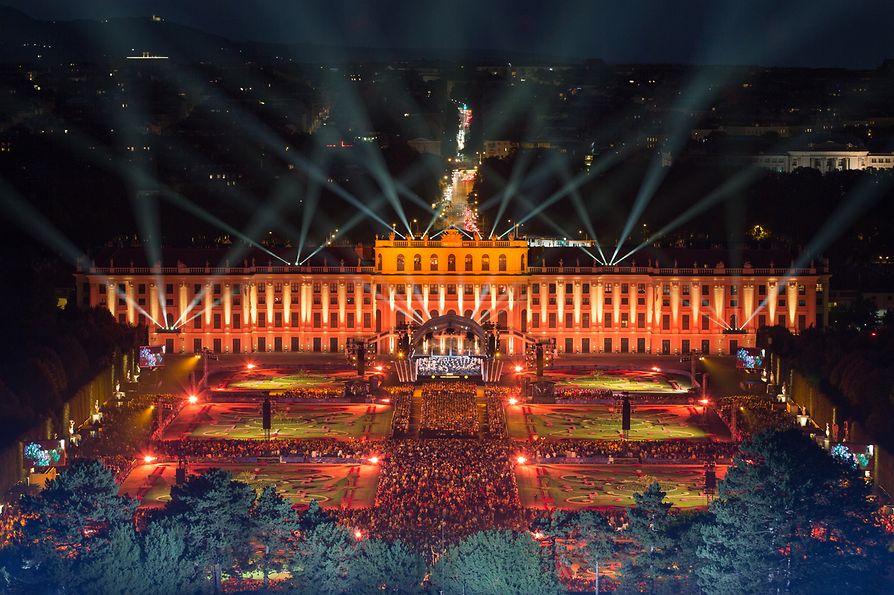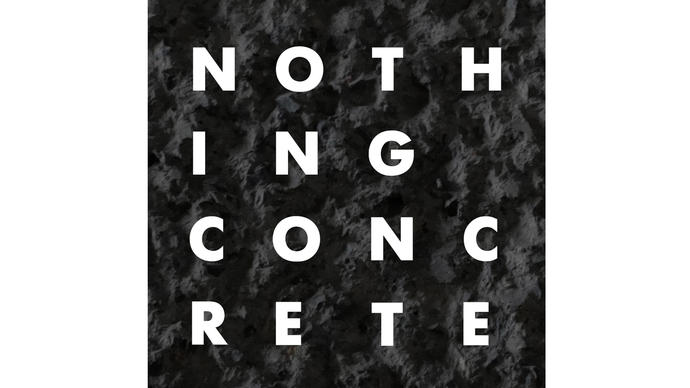

It is no surprise however when uneasiness begins to grow. Then, surprisingly, strings seize on the last note of the slow movement and make it the springboard for an energetic, apparently positive finale, the mood brightened by the chiming of a glockenspiel. Heroic aspiration fails, and at the end all we are left with is a kind of frozen stillness. But the scenery remains bleak, and there are moments of desperate unfulfilled longing. To borrow a phrase from Vaughan Williams it could be described as ‘Variations in search of a theme’. From a few scraps of motif on flutes, Sibelius gradually assembles a heroically striving tune – the process is rather like watching a speeded up film of a plant growing. Third Movementįormally the slow third movement is the most original of the four. With a sudden doubling of the tempo the music becomes stormier, yet the end is disconcertingly sudden: violins hint at the opening oboe theme, then, with three quiet drum taps, the music abruptly halts – it’s as though a precariously flickering flame has been suddenly extinguished.

But gradually the shadows return, the dancing figures turn more and more uneasy while tempo and harmony grow increasingly unstable. A more or less straightforward recapitulation leads to a tiny coda for timpani and strings – Sibelius’s economy of means in this symphony is masterly.Īt first, the second movement – initiated by a much brighter oboe – feels like release from gloom. The second theme brings temporary warmth and repose, but the solo cello returns, leading us into haunted territory. A solo cello sings sadly, then the music rises to a climax, with baleful brass and anguished violins. Cellos, basses and bassoons, fortissimo-diminuendo, spell out the uneasy, ambiguous interval of the tritone – a step of three whole tones – which is to dominate the symphony almost until the very end. Several great symphonies begin with an effect like a door opening on a new world, but the world on which the Fourth Symphony opens is forbiddingly sombre.

Image: Near Ventnor – Coastal Landscape with Dark Sky by Eugène Isabey And there is one line which is particularly striking: Sibelius hopes that if he can’t rid himself of his ‘dark shadows’, he might be able to ‘put them into some new perspective’.
#SIBELIUS 5 WILL NOT RECOGNIZE VIENNA PLUS#
You mustn't go under, there's too much on the plus side.’ĭoes this seem melodramatic? Not, perhaps, when read after a performance of the Fourth Symphony. If you can't do that, put the past behind you. Or at least put them into some new perspective. If only I could rid myself of these dark shadows. All my youth and childhood, the former with its terrible storms and after-effects. I dare say I shall have the whole movement sketched out today.Ģ2 September. I managed when I had cigars and wine, but now I have to find new ways. be able to concentrate my mind and have the stamina to carry it all through. When will I get this development finished? i.e. Entries in his diary at the time he was working on the symphony give some idea of the range of his mood swings:

#SIBELIUS 5 WILL NOT RECOGNIZE VIENNA TRIAL#
For a while he gave up cigars and alcohol – a severe trial of strength which led to terrible withdrawal symptoms. The operation was apparently successful, but Sibelius was understandably terrified of the cancer recurring. Two years earlier, surgeons had removed a tumour from his throat. Sibelius began work on his Fourth Symphony in 1910, during a period of particularly intense personal crisis.


 0 kommentar(er)
0 kommentar(er)
